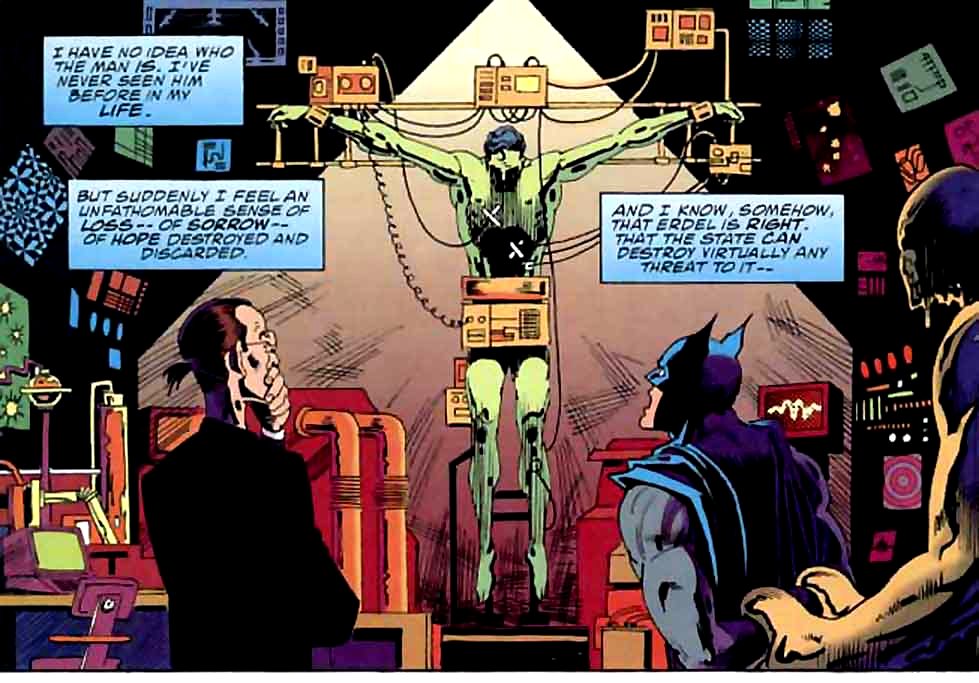

Lacking confidence in its audience, Habibi recalls a graphic novel that appeared on many 2009 “Best Of” lists: Logicomix: An Epic Search for Truth. (Its obsession with binaries and parallels evokes David Mazzucchelli’s hyper-organized Asterios Polyp, a comic as programmatic as Habibi but much less didactic.) Much of its structure emerges from the comic’s central image of boat in a desert, which unites water and sand, natural and manufactured, culture and no-culture, etc. Driven by a simple engine-“this connects to that”- Habibi is programmatic rather than intellectually or narratively ambitious. Before we get a chance to discover for ourselves the organized world Thompson is unfolding, seemingly every image or concept is explained and immediately connected to one that appeared before it: drawn lines turn into sentences, which turn into rivers, which turn into names whose etymological origin derives from words for water.

One way to understand the comic’s lack of ambition is to think about the faith it lacks in readers: a more ambitious work might imagine a more actively engaged audience. Traveling this familiar territory (maps and spatial metaphors abound), Habibi really isn’t all that ambitious. Echoing any number of attempts to reveal parallels among different cultural traditions, it discloses the underlying unity between ostensibly conflicting ideologies, showing us that, despite surface differences, we all share the same meaning-making stories. Habibi offers a traditional lesson in comparative religion and mythology. Yet, in many ways, Thompson’s project is one we’ve seen before.

What comic could possibly be more ambitious?

(Thompson also dabbles in "sequential art" theory, divining a mystical unity between the 3x3 comic book grid and the ancient Lo Shu 3x3 magic square.) By all accounts, Habibi set a benchmark for judging 2011’s graphic novels. Then there’s its imposing mission: to reconcile Christianity and Islam, the Masculine and the Feminine, along with other fundamental binaries. Resembling a leather-bound holy text with gold leaf gilding, the book’s design adds to its gravitas. The 672 pages of Craig Thompson’s Habibi boldly announce a graphic novel with high ambitions.


 0 kommentar(er)
0 kommentar(er)
